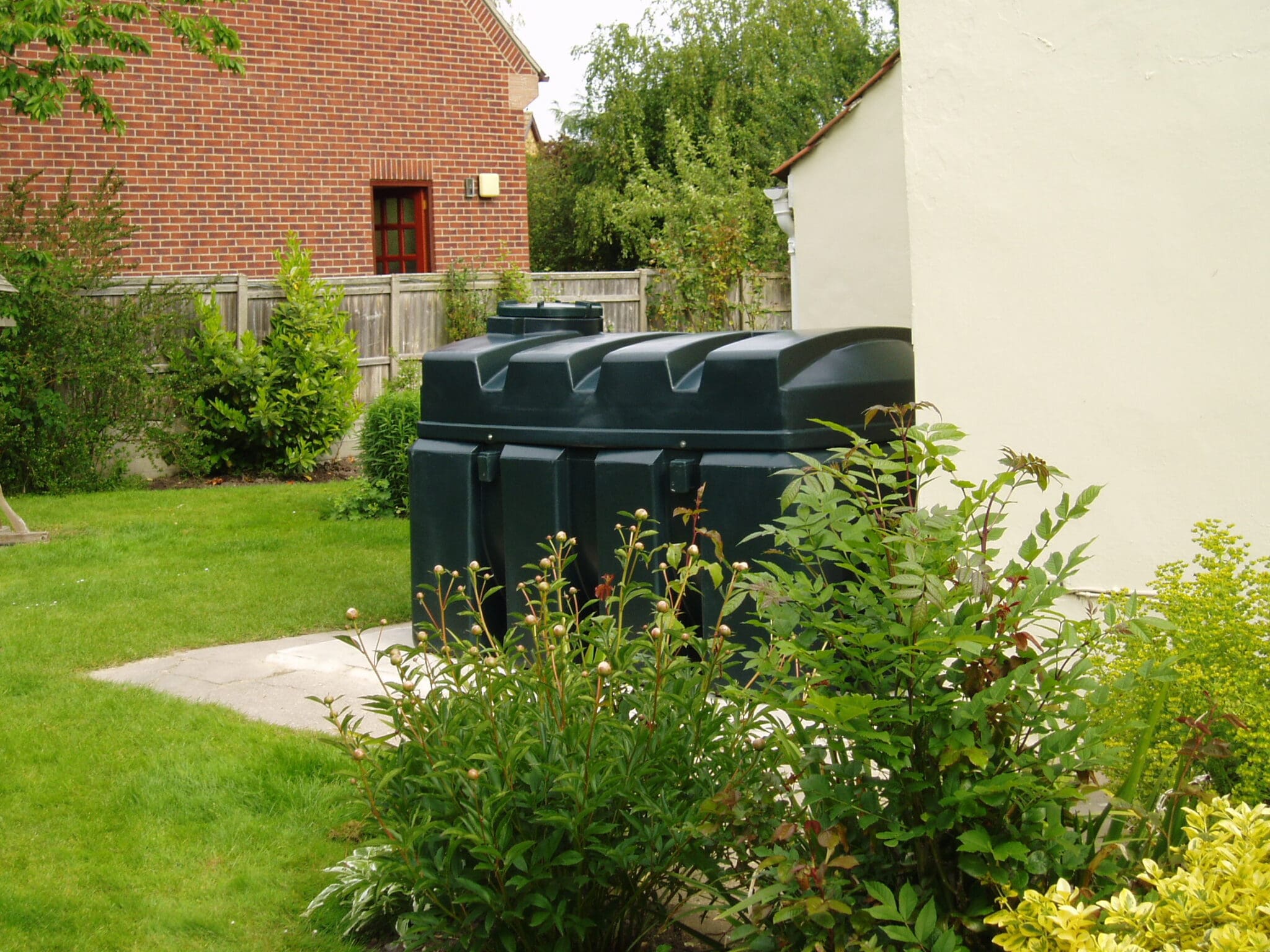A reminder about the classifications of buildings when installing liquid fuel storage tanks.
A reminder about the classifications of buildings when installing liquid fuel storage tanks.

An article published in the Oil Installer last year discussed key installation details concerning fuel storage tanks. This article serves as a reminder about the classifications of buildings when installing liquid fuel storage tanks in respect of fire protection.
Several important points should be considered when installing a fuel storage tank. These are firstly to determine the fire protection required, secondly whether the tank is to be installed at a domestic or non-domestic premises and also to consider storage volume of fuel.
You should be aware that a tank serving a dwelling with a capacity of no greater than 3500 litres is permitted for domestic installations. However, this changes if the tank capacity exceeds 3500 litres, as the installation would then be classed as non-domestic where more onerous fire protection requirements apply. Planning permission may also be needed and therefore checks have to be made with the local authority planning department to find out if there are restrictions affecting tank location.
It is also permissible to have multiple tanks serving a dwelling providing each tank does not exceed 3500 litres in capacity. To achieve compliance, the following points should be considered:
• A minimum separation distance of 600mm between each tank, ensuring the combined capacity of the tanks does not exceed 3500 litres (domestic fire protection requirements would apply to the tanks); or
• having a minimum separation distance of 1.8 metres between each tank, then domestic fire protection requirements applying to each tank (separation distances or fire-resistant barrier/s); or
• installing fire resistant barrier/s between each tank offering a minimum 30-minute fire resistance (normal height and width requirements apply). Then once again domestic fire protection requirements applying to each tank with separation distances or fire-resistant barrier/s installed for compliance in accordance with national building regulations.
Note: If there is more than one tank located on a site serving more than one dwelling and each owner has access to their tank, the installation would be deemed as a non-domestic installation.
What else would be classed as a non-domestic tank installation? For example, if the tank was serving a church, village hall, public house, office, warehouse, guest house, hotel etc, these installations would be deemed non-domestic. While this article does not provide a comprehensive list, the technical team at OFTEC will be pleased to provide advice and support.
Image courtesy of OFTEC
© 2025 Created by Euromedia Associates Ltd